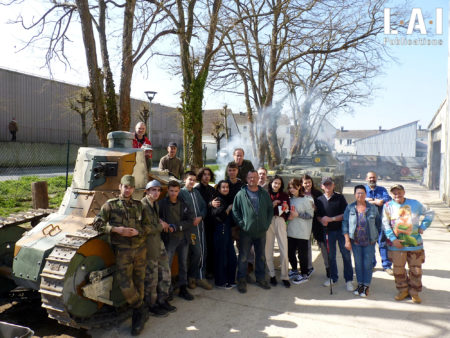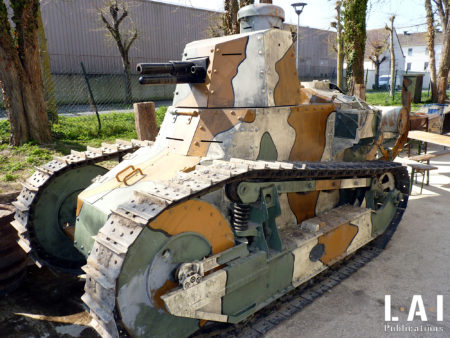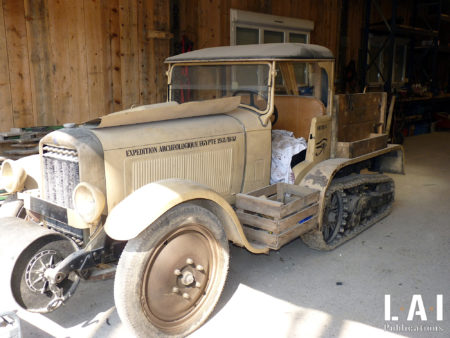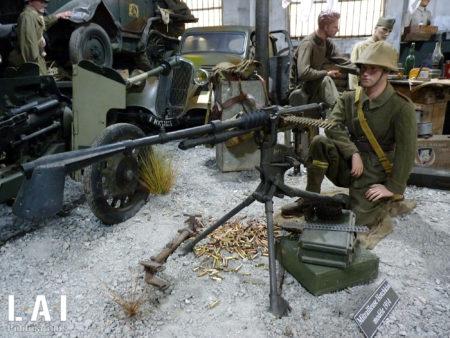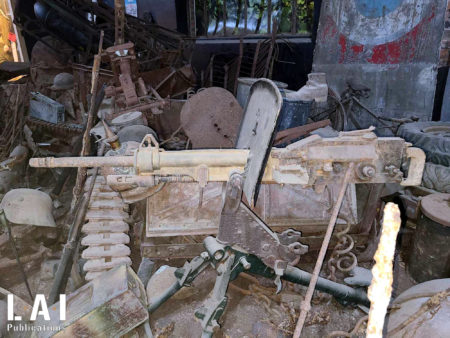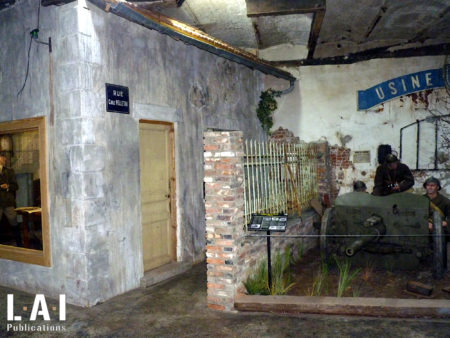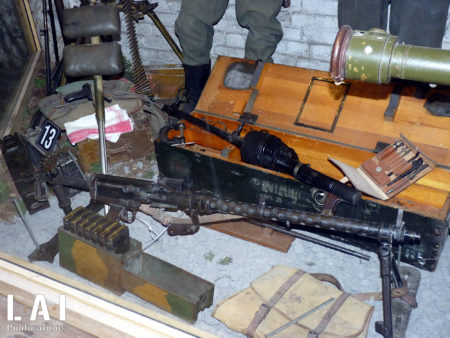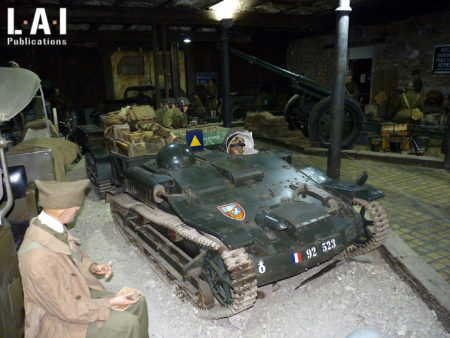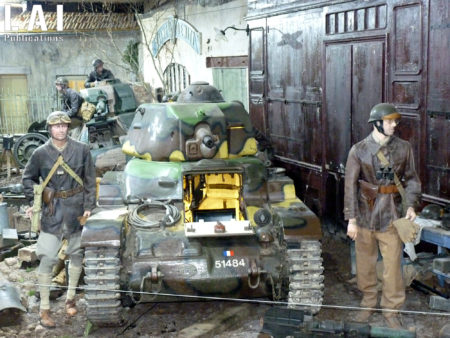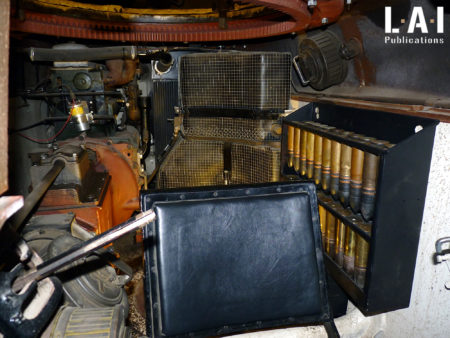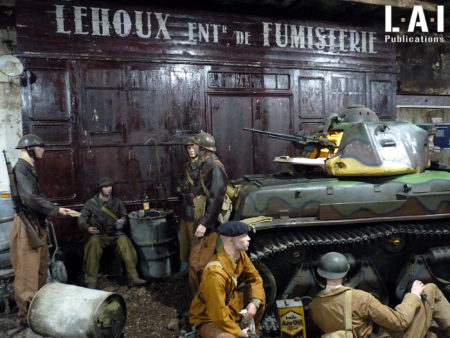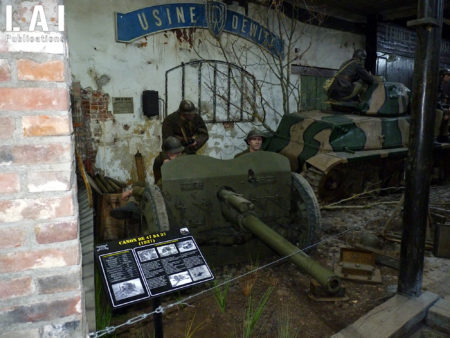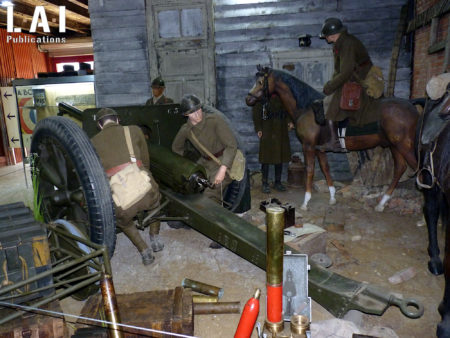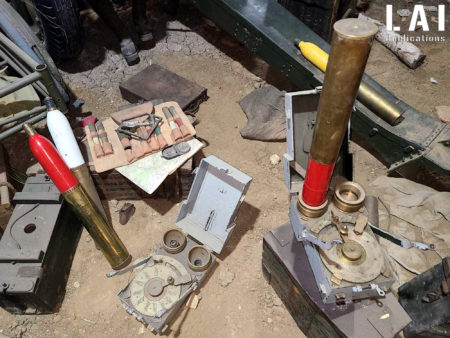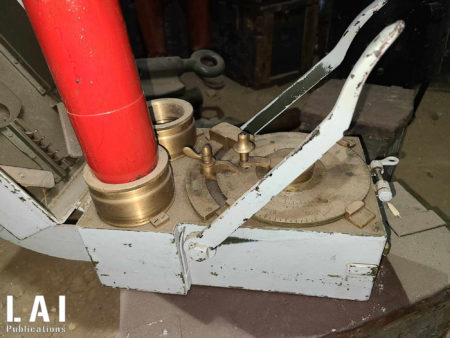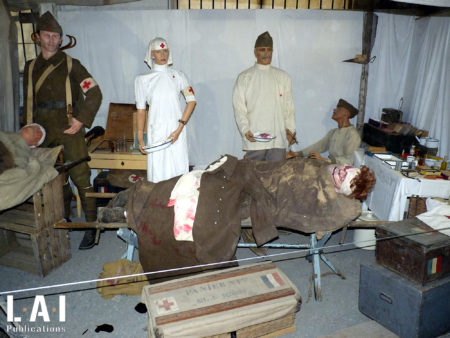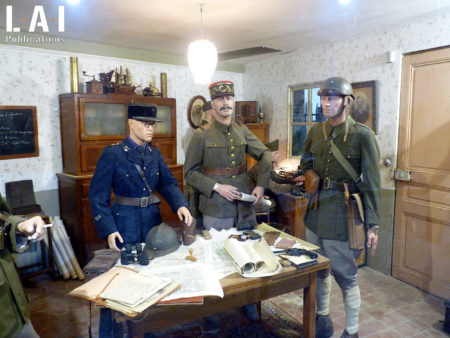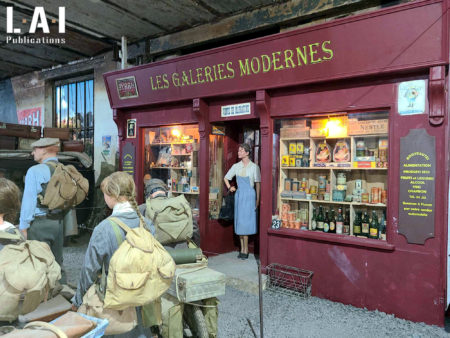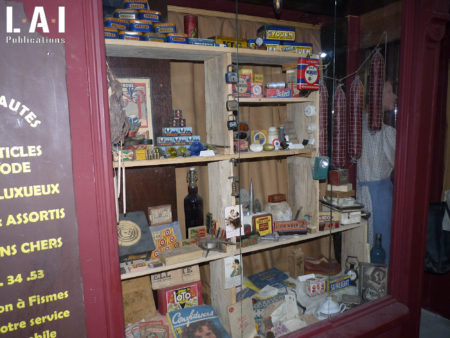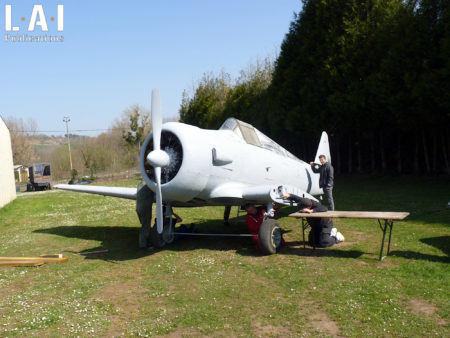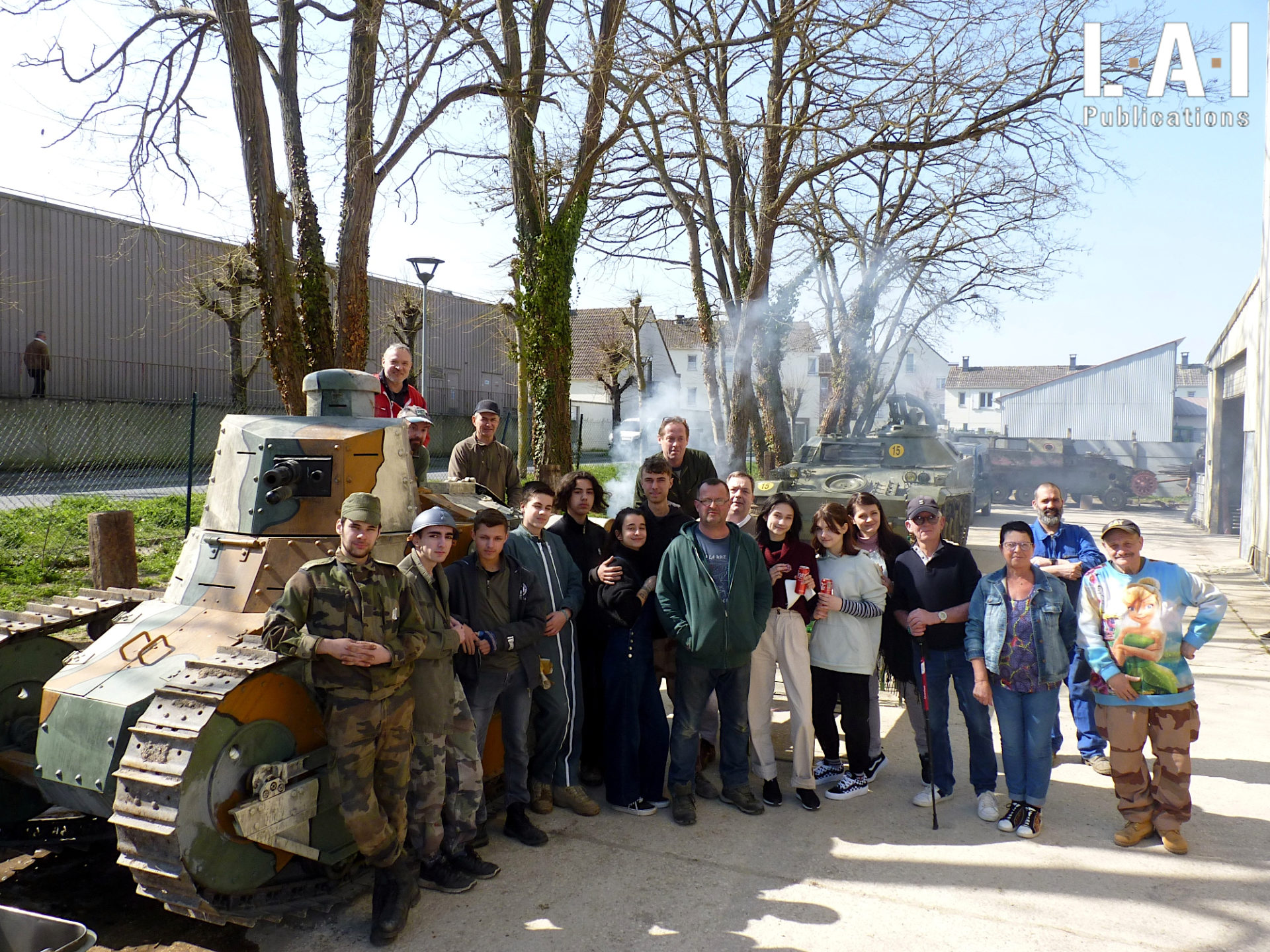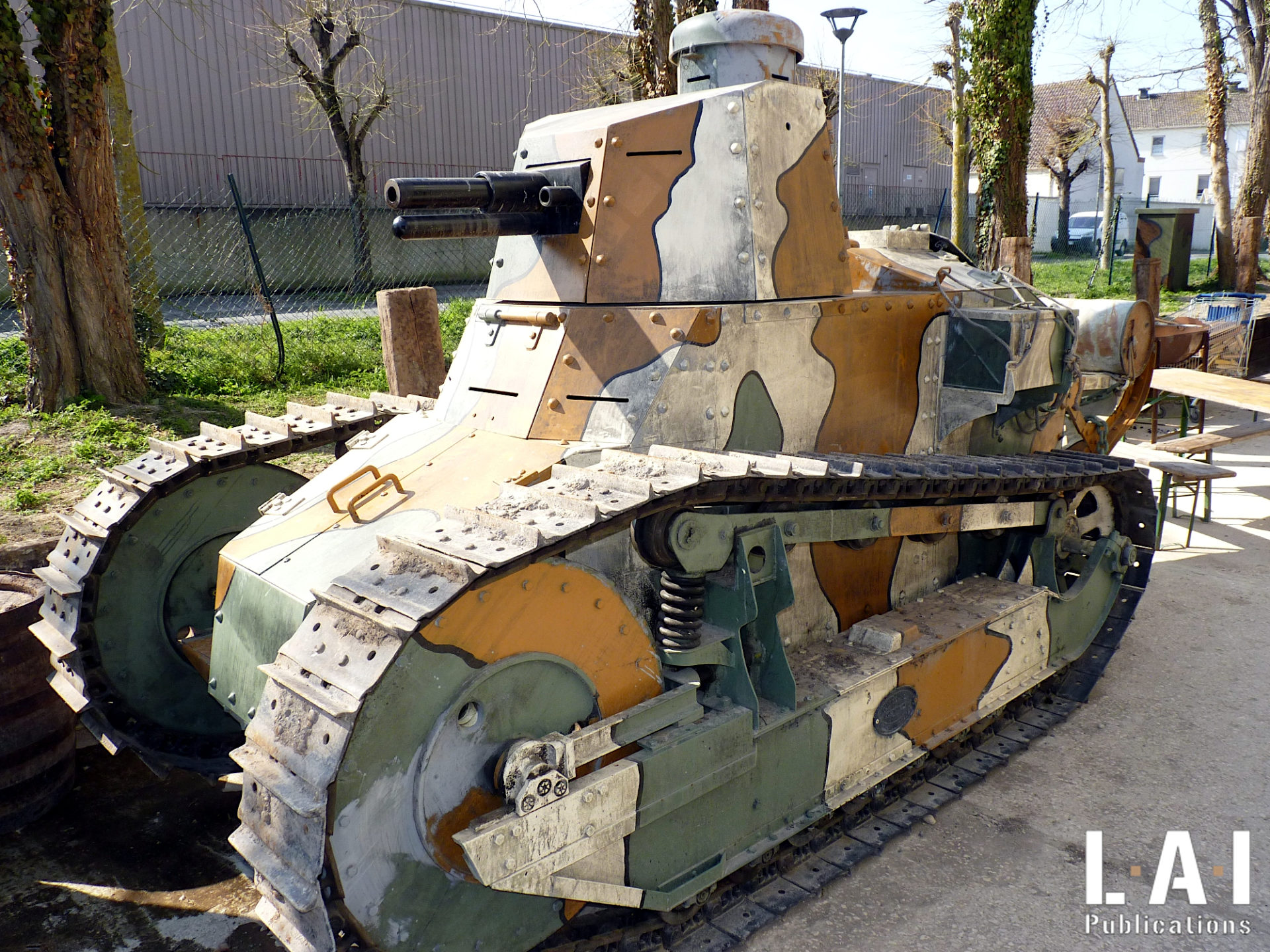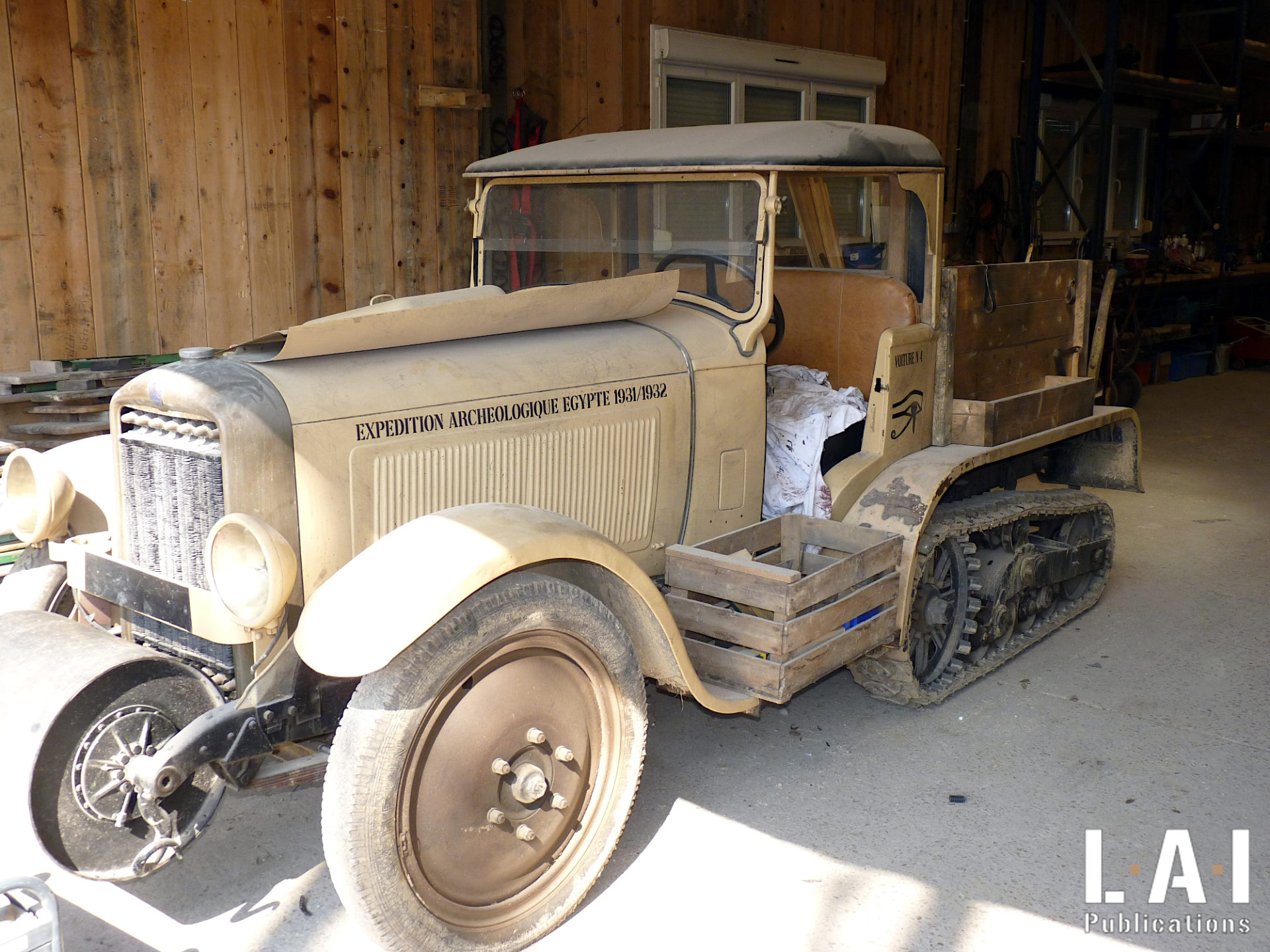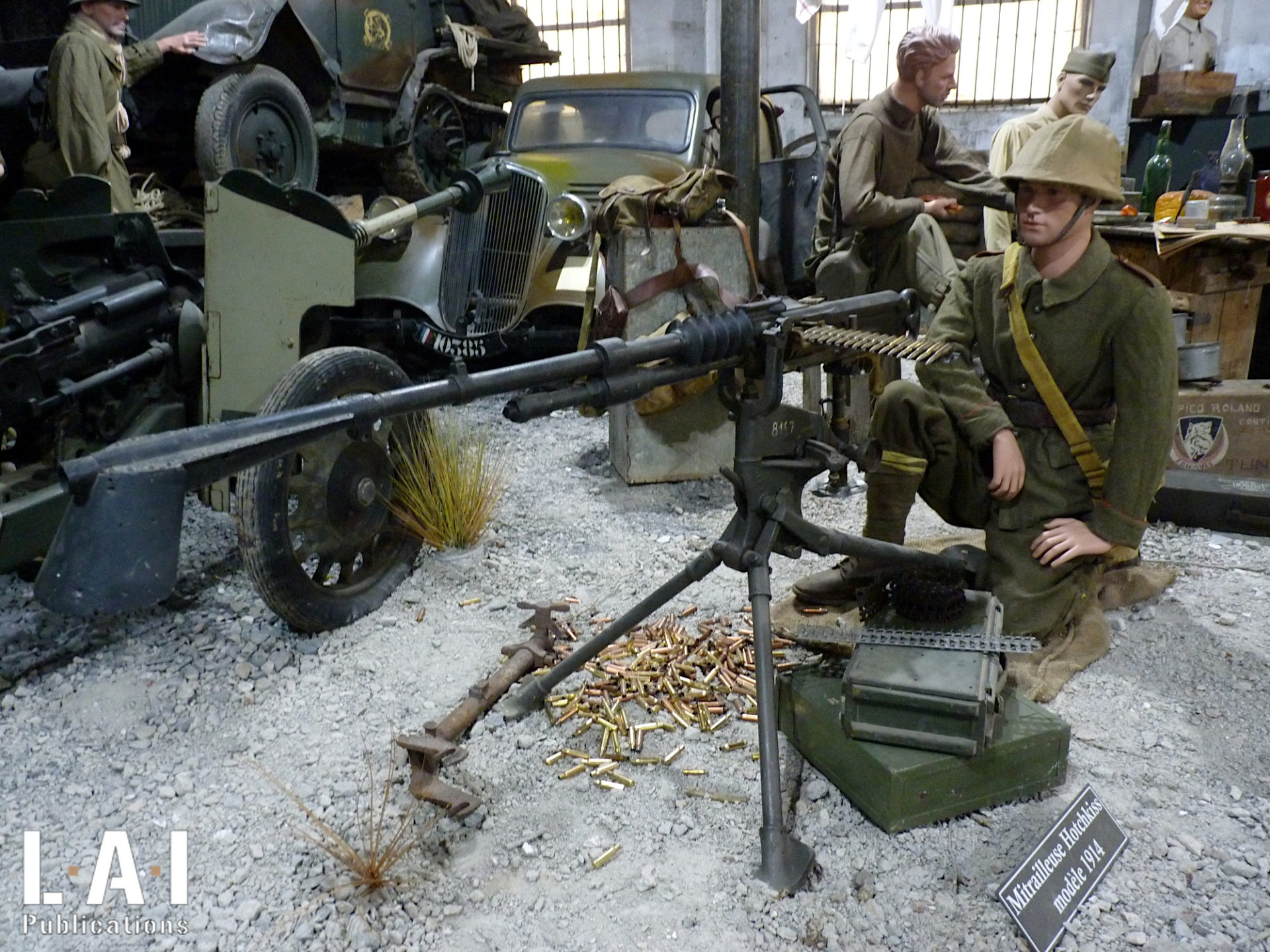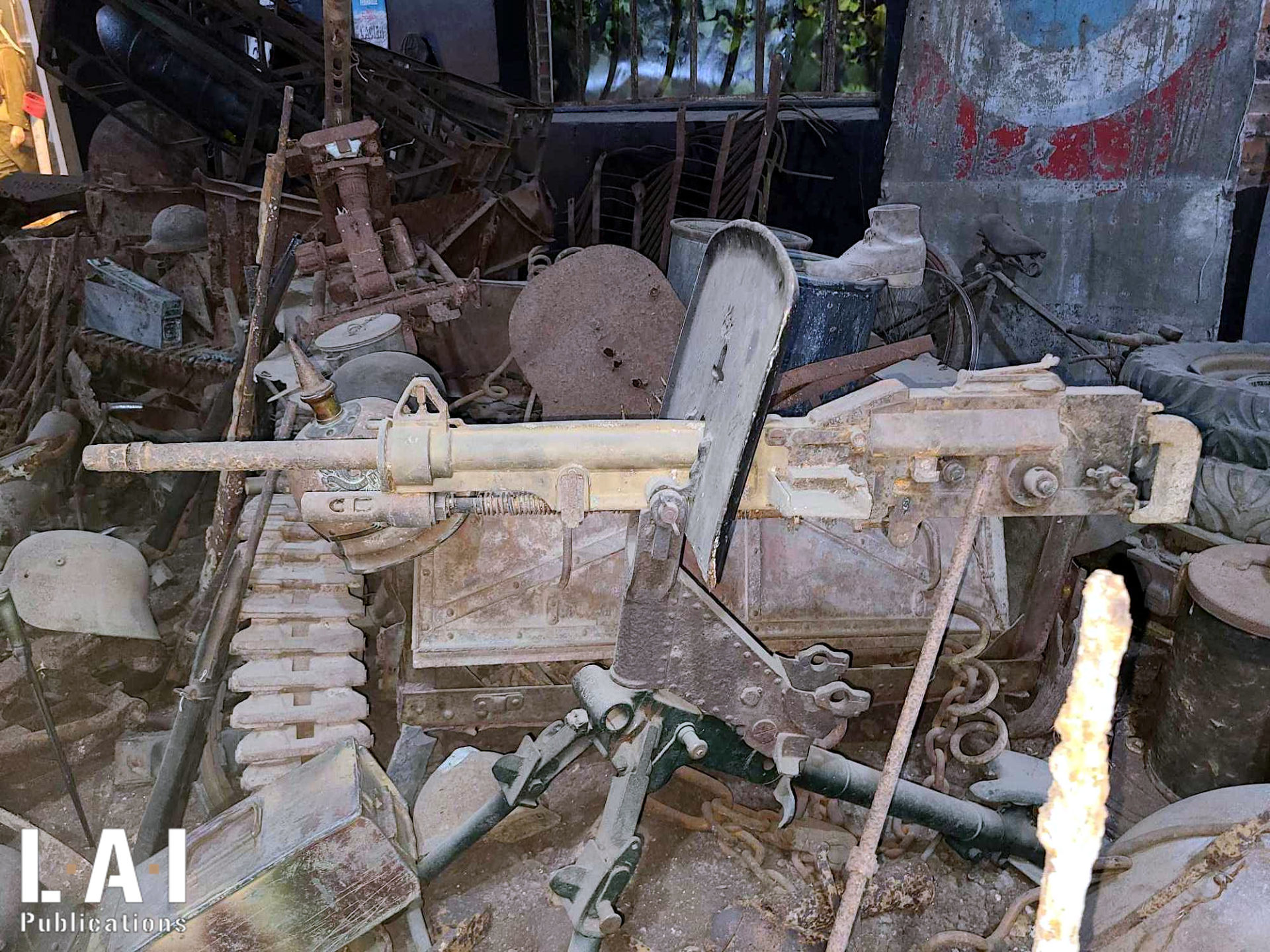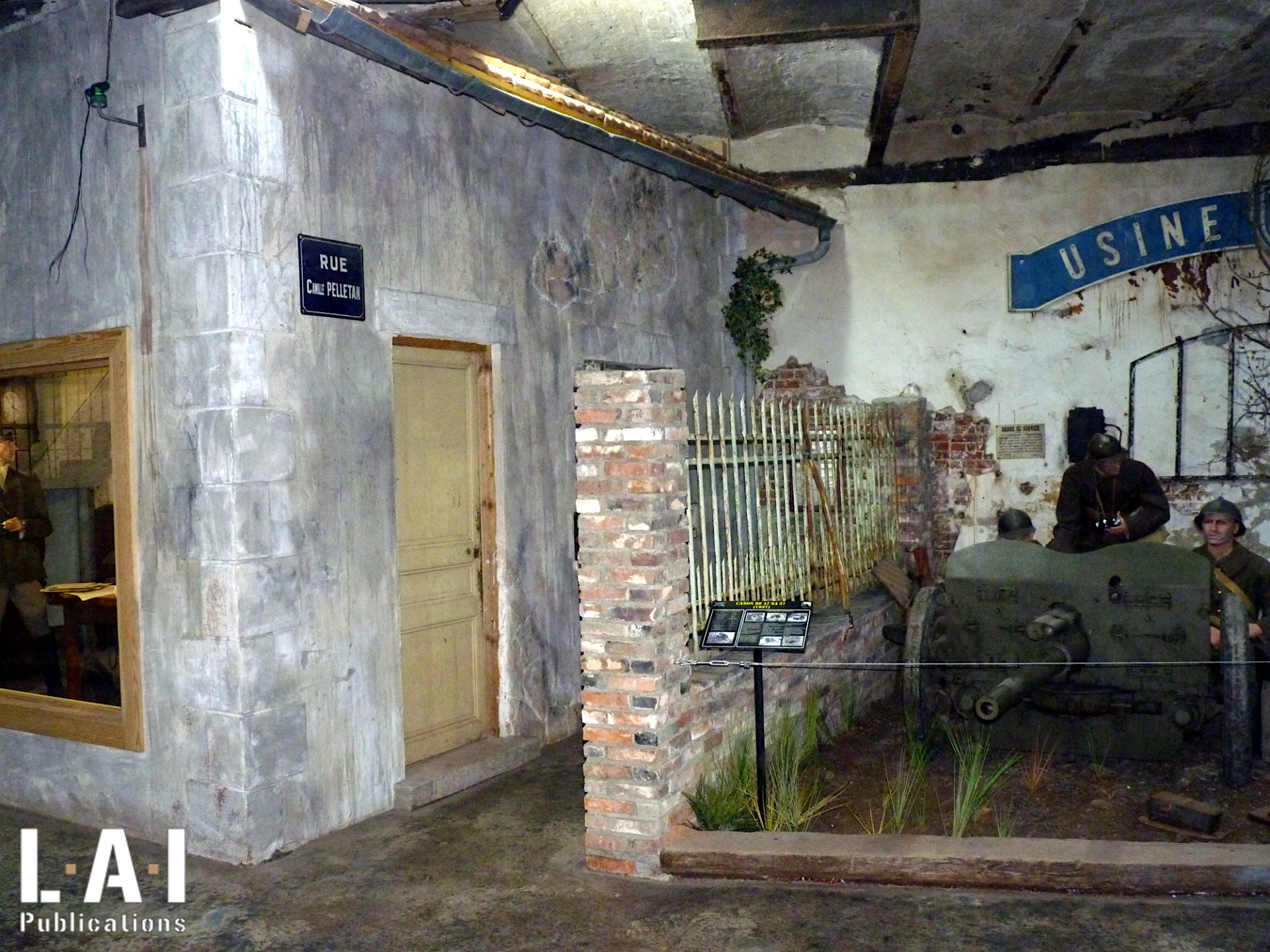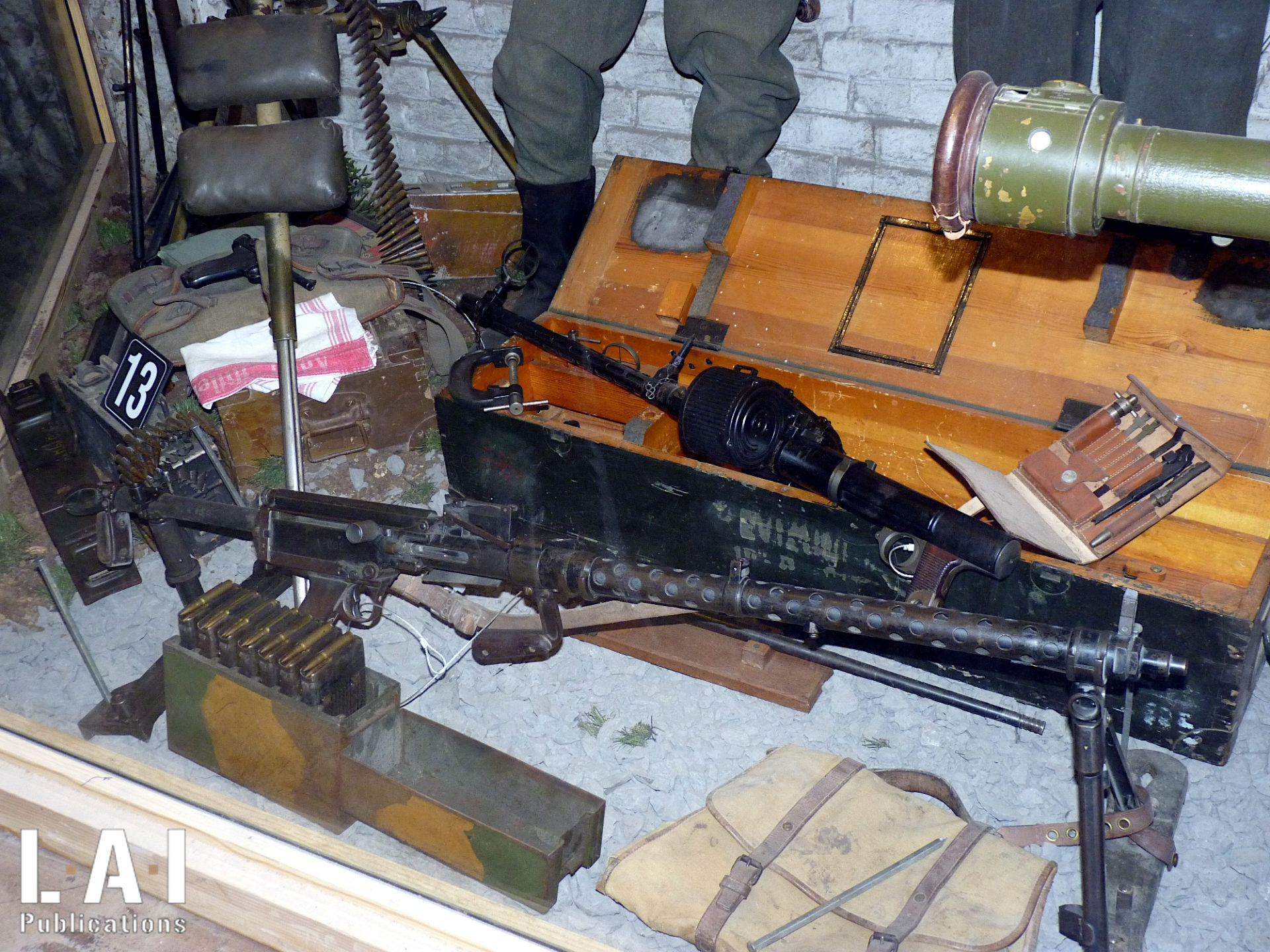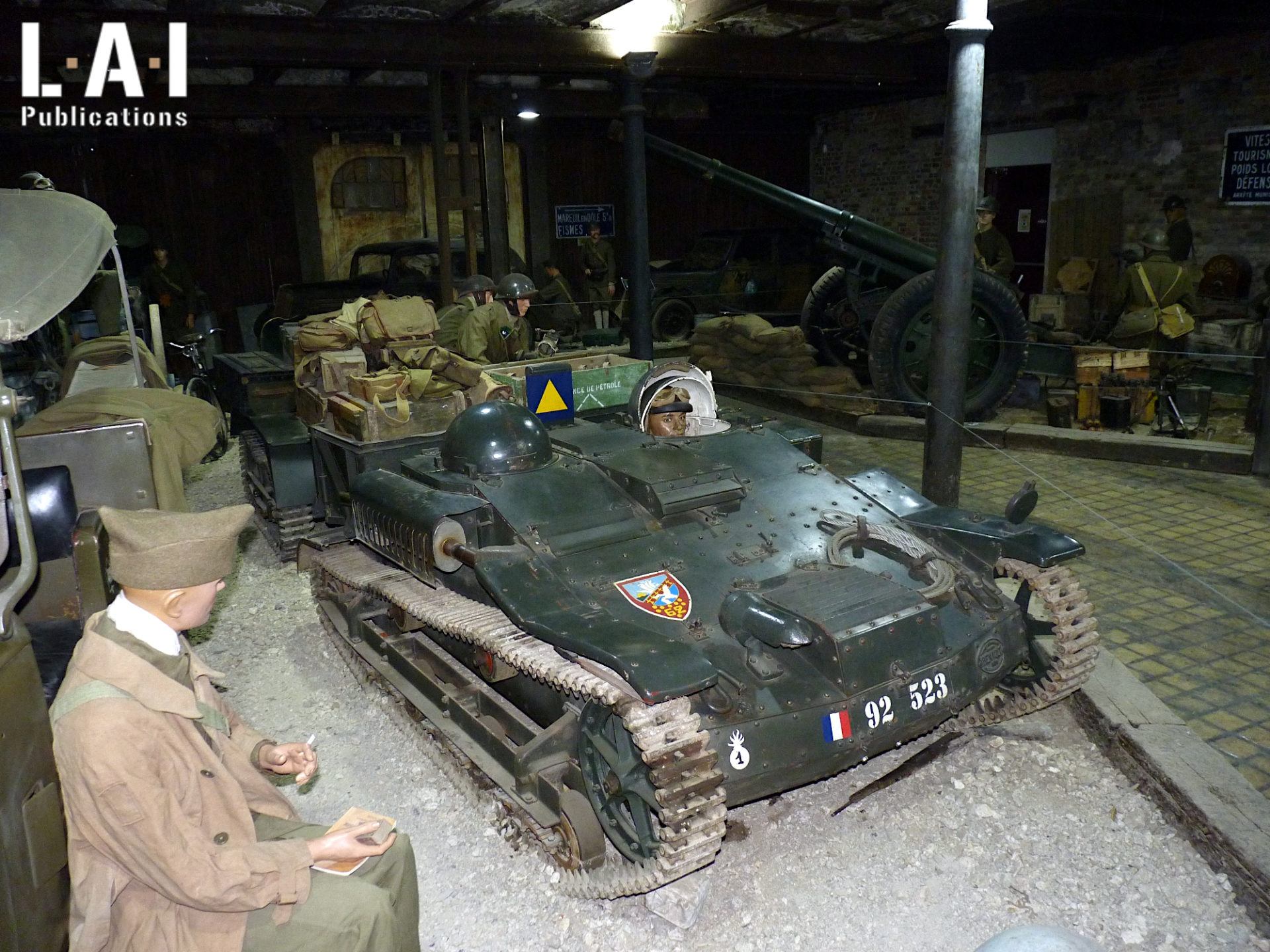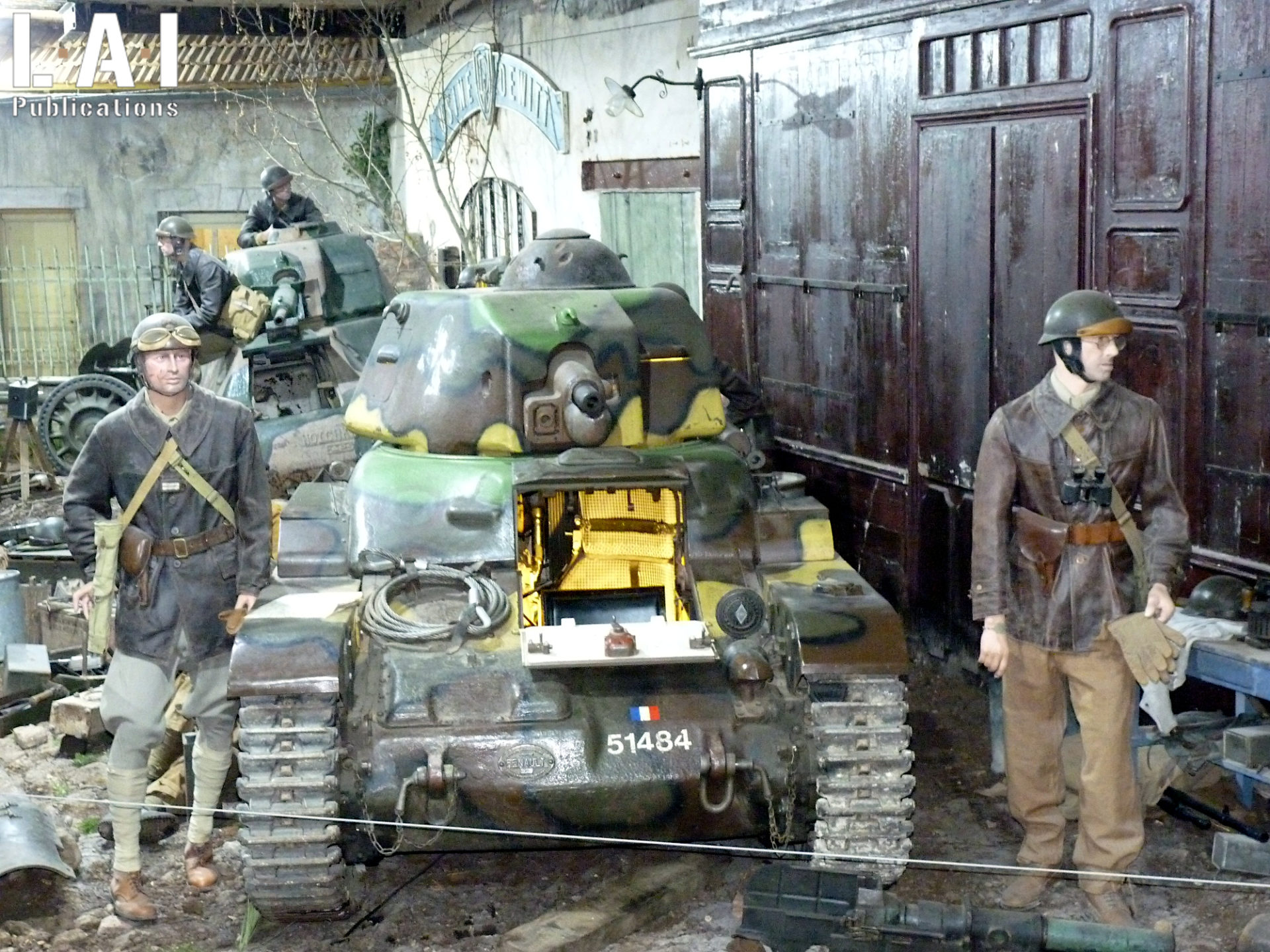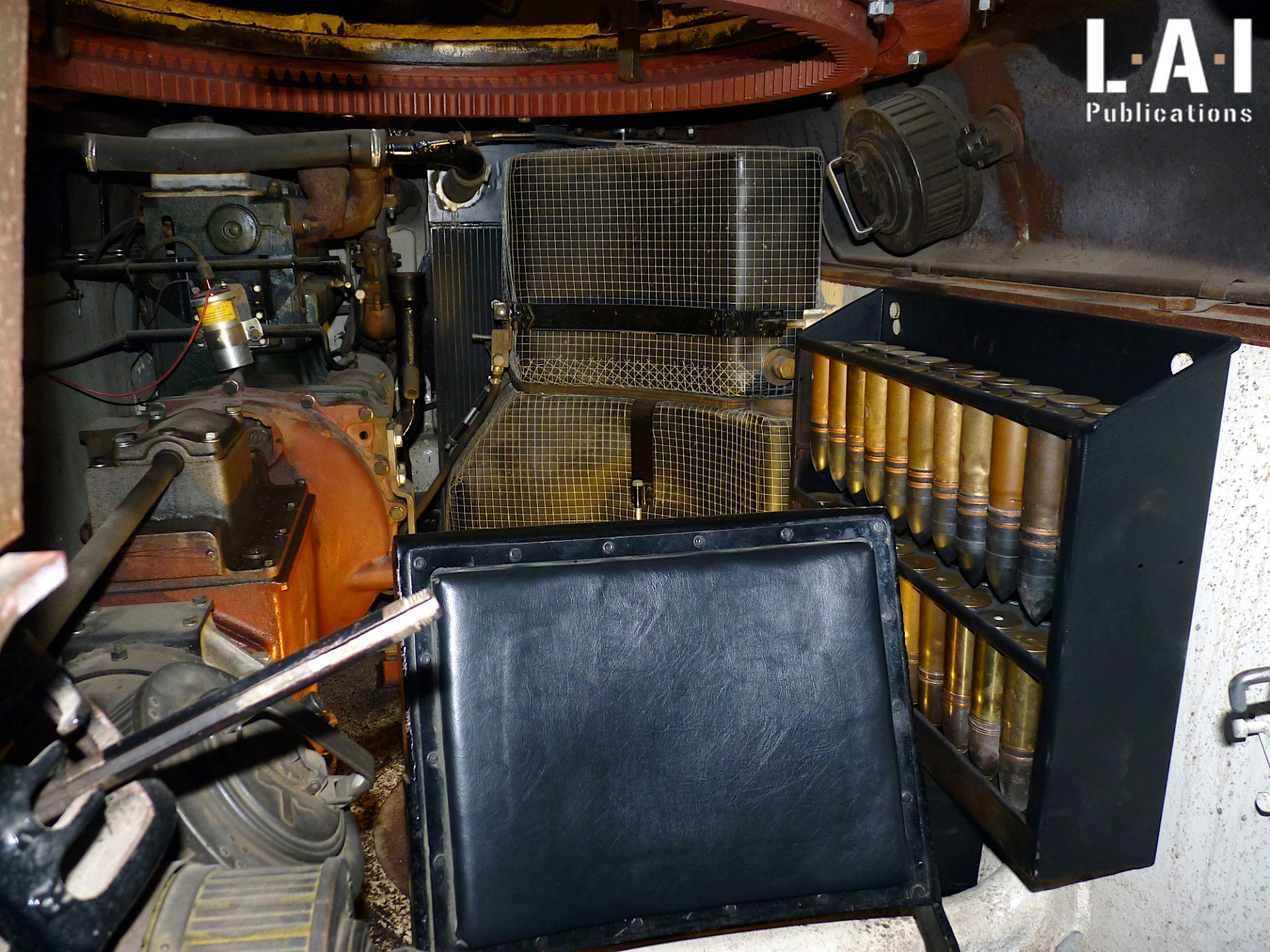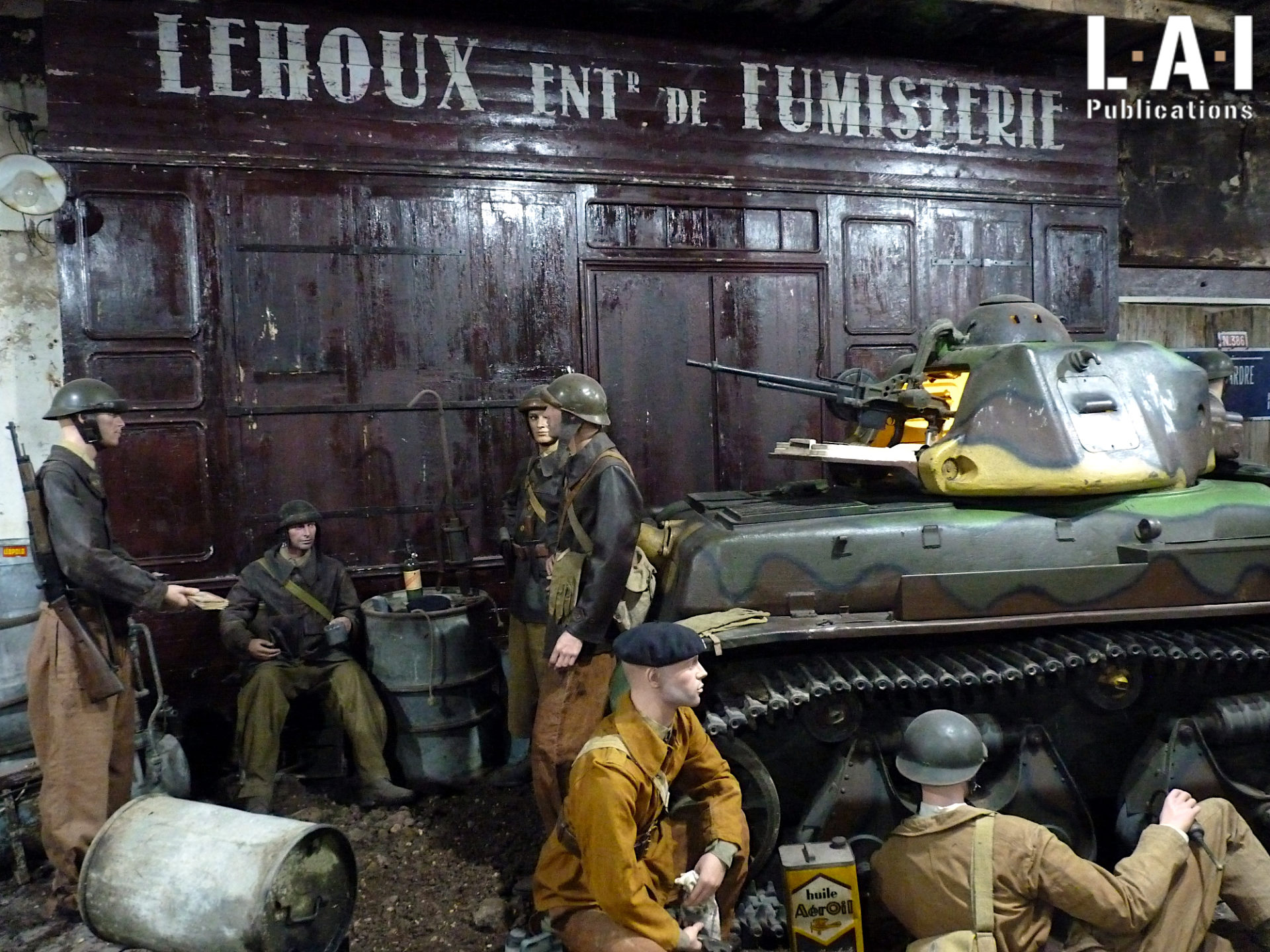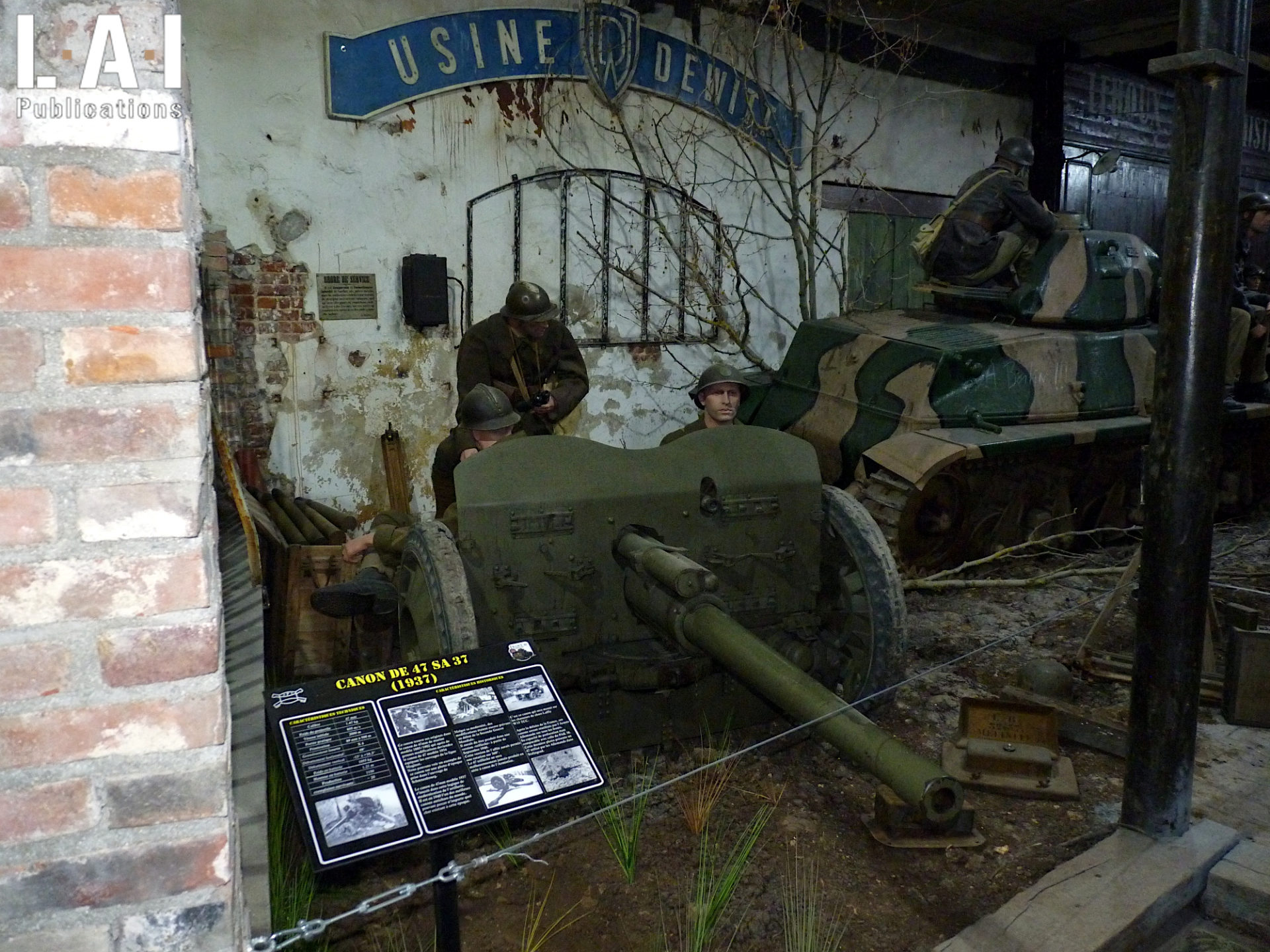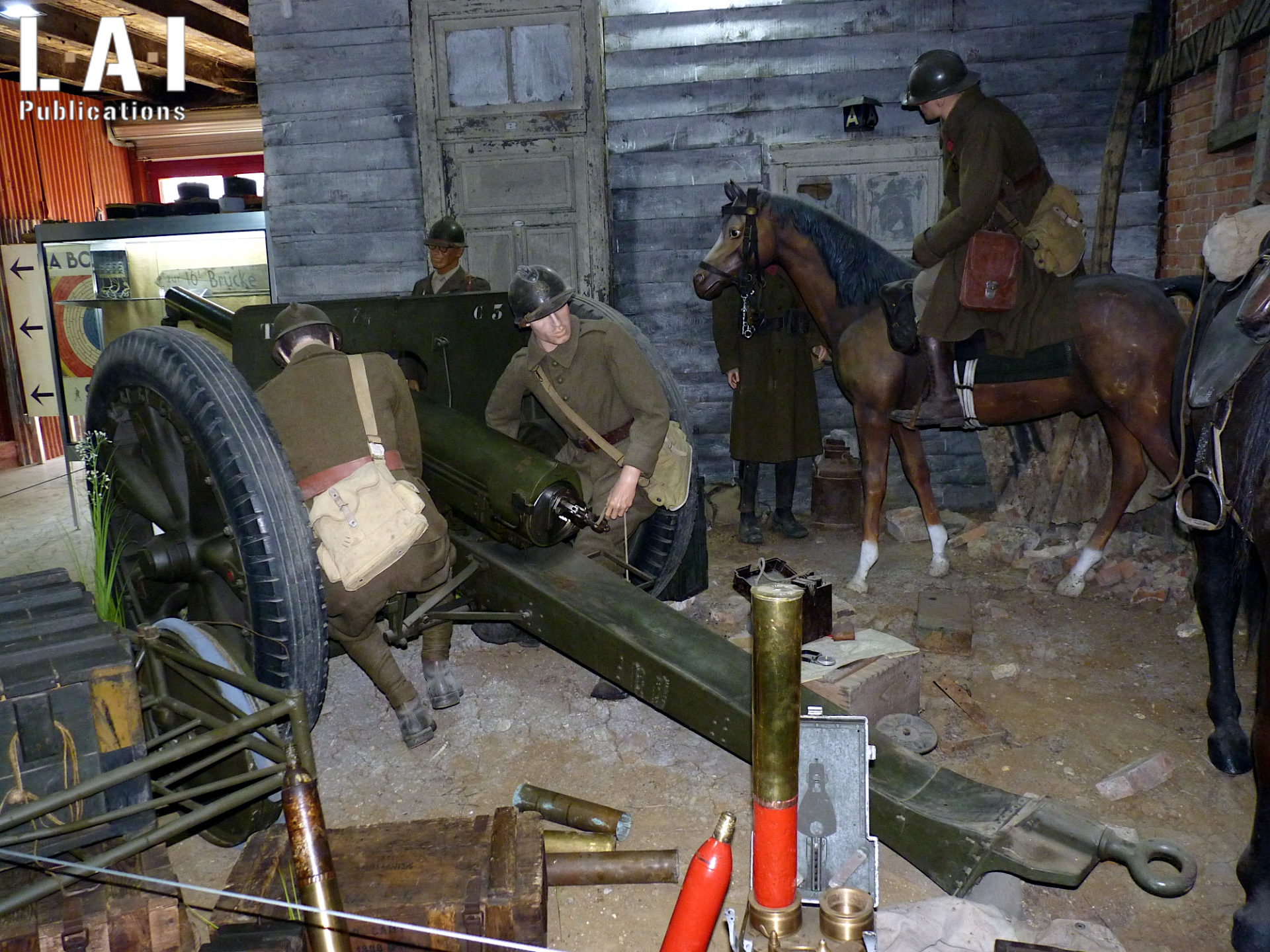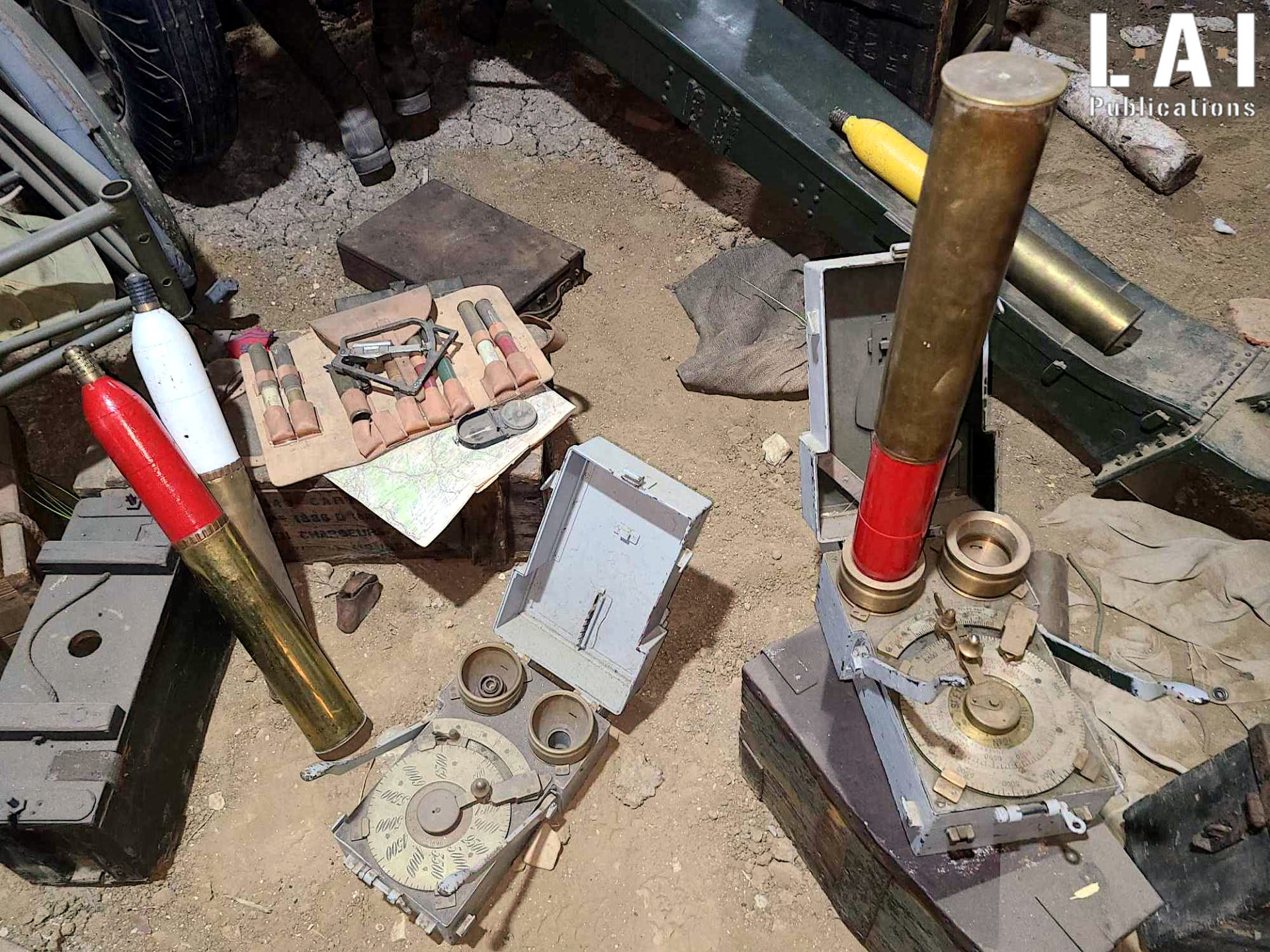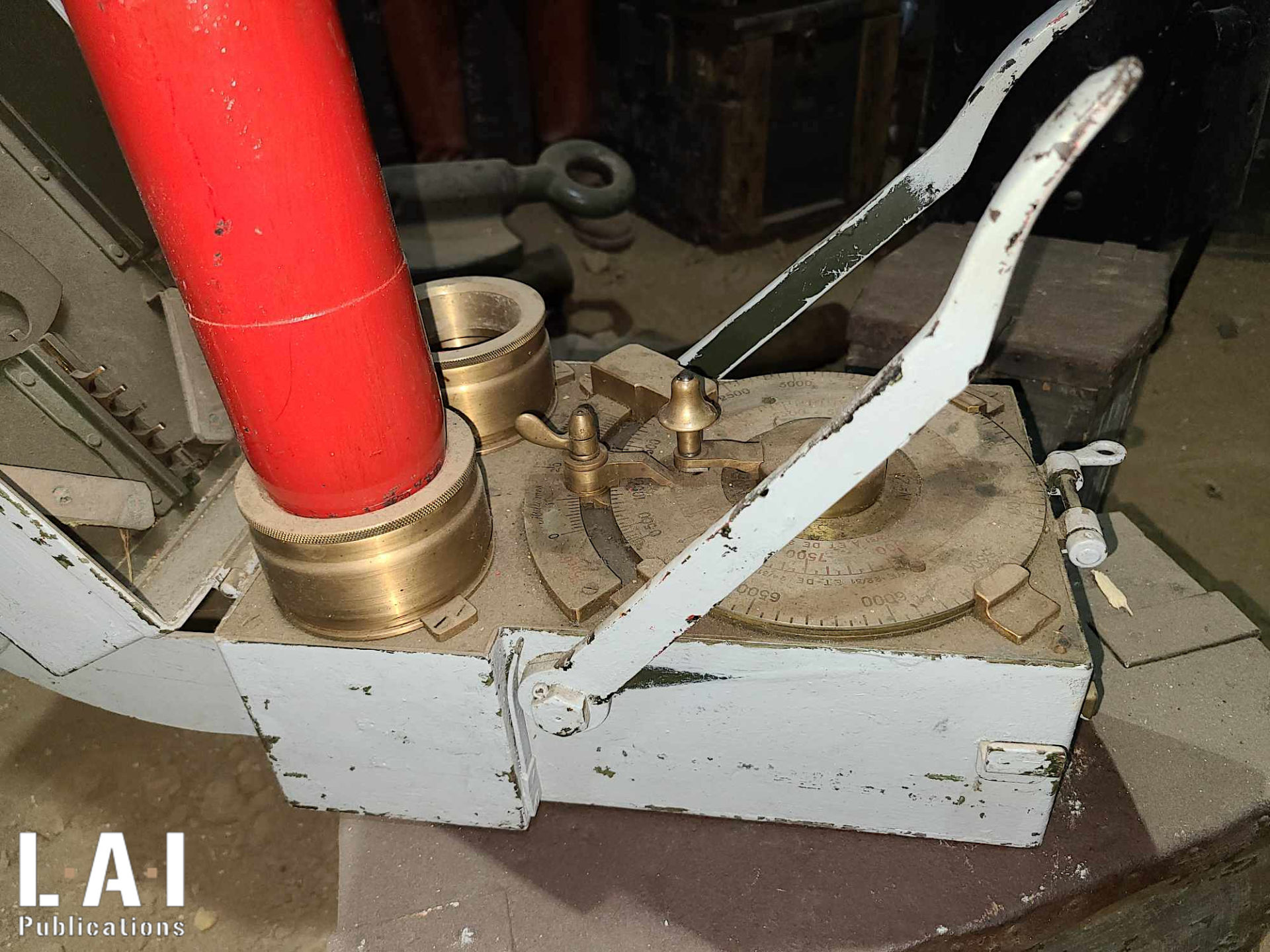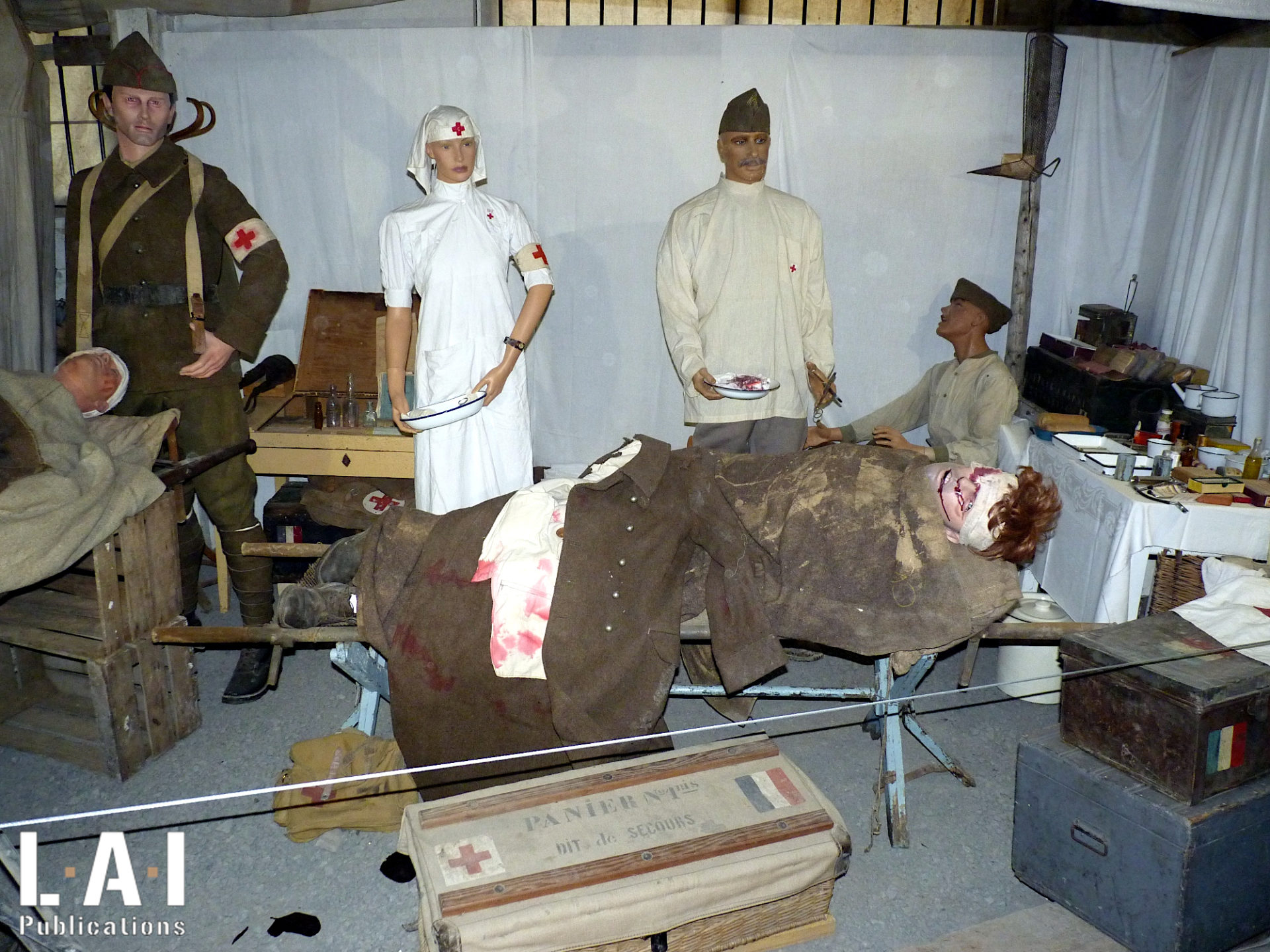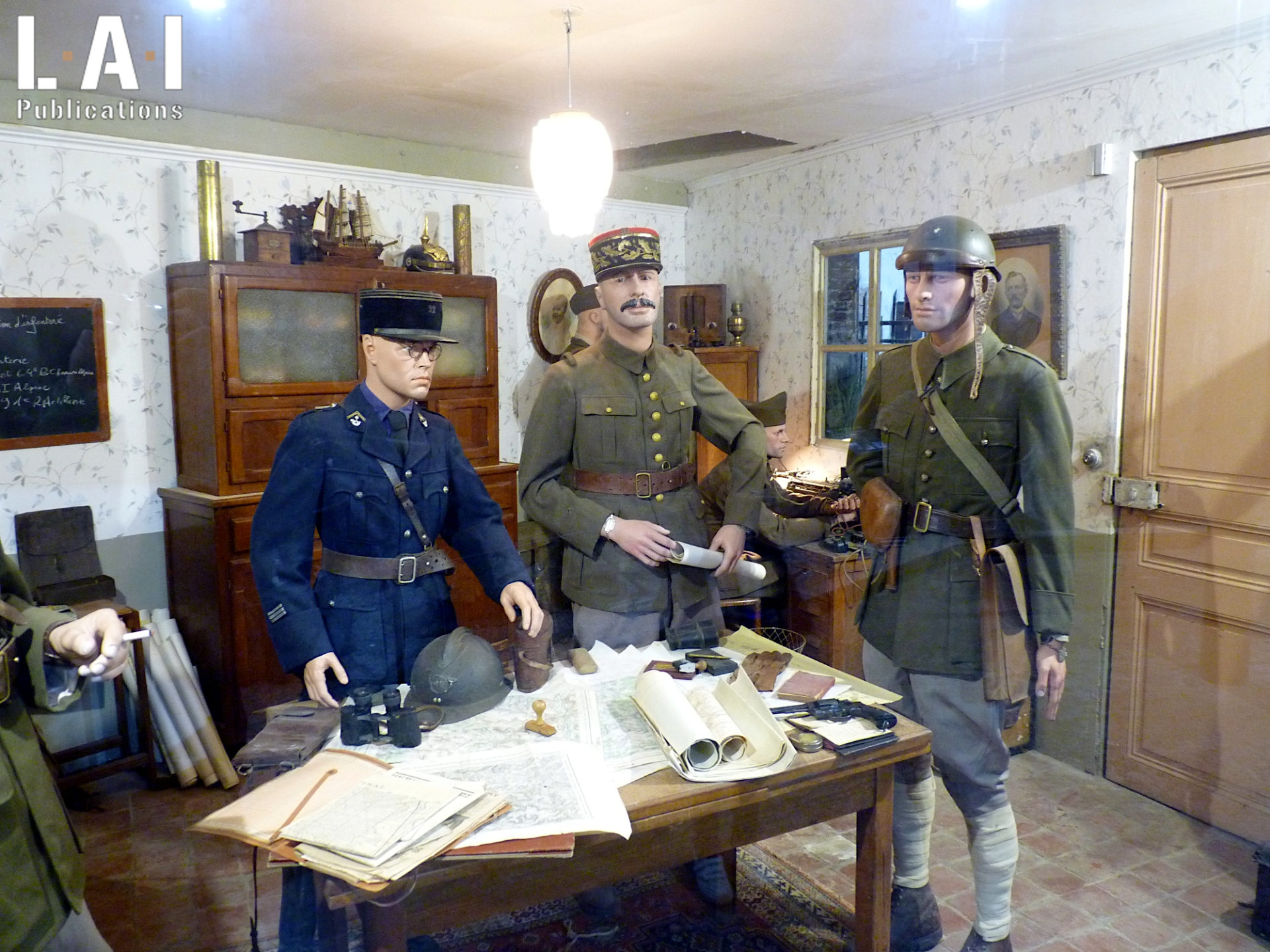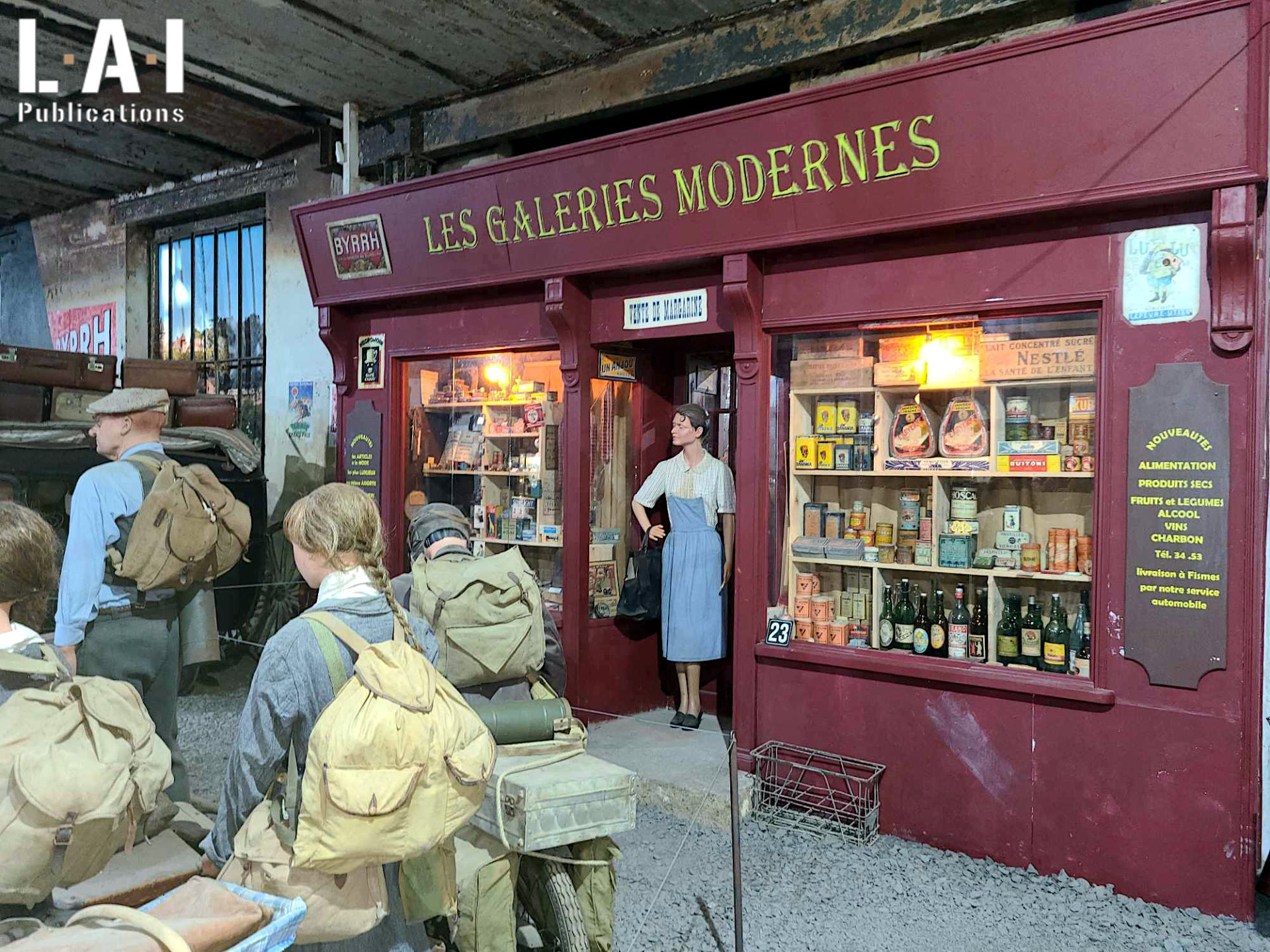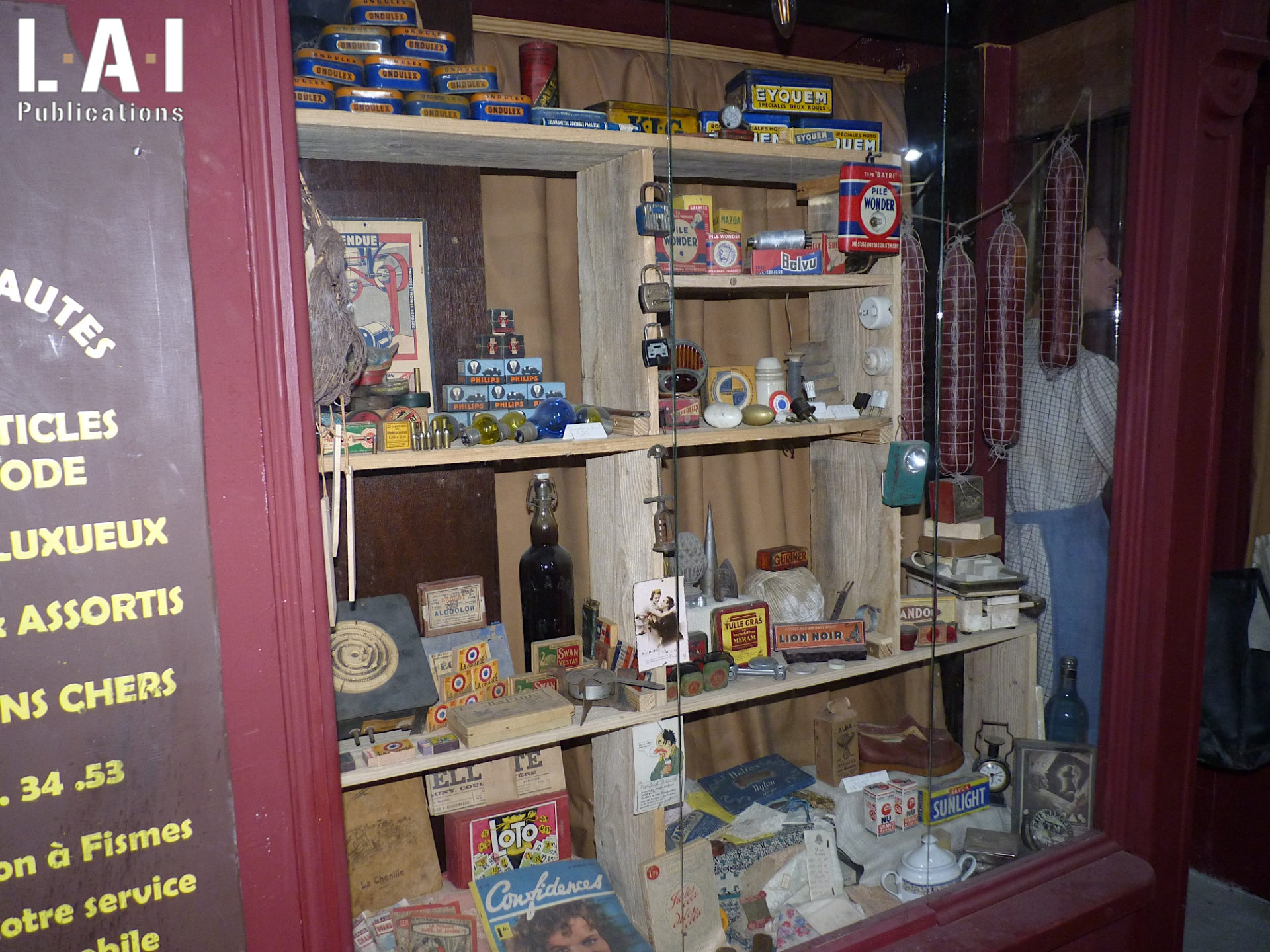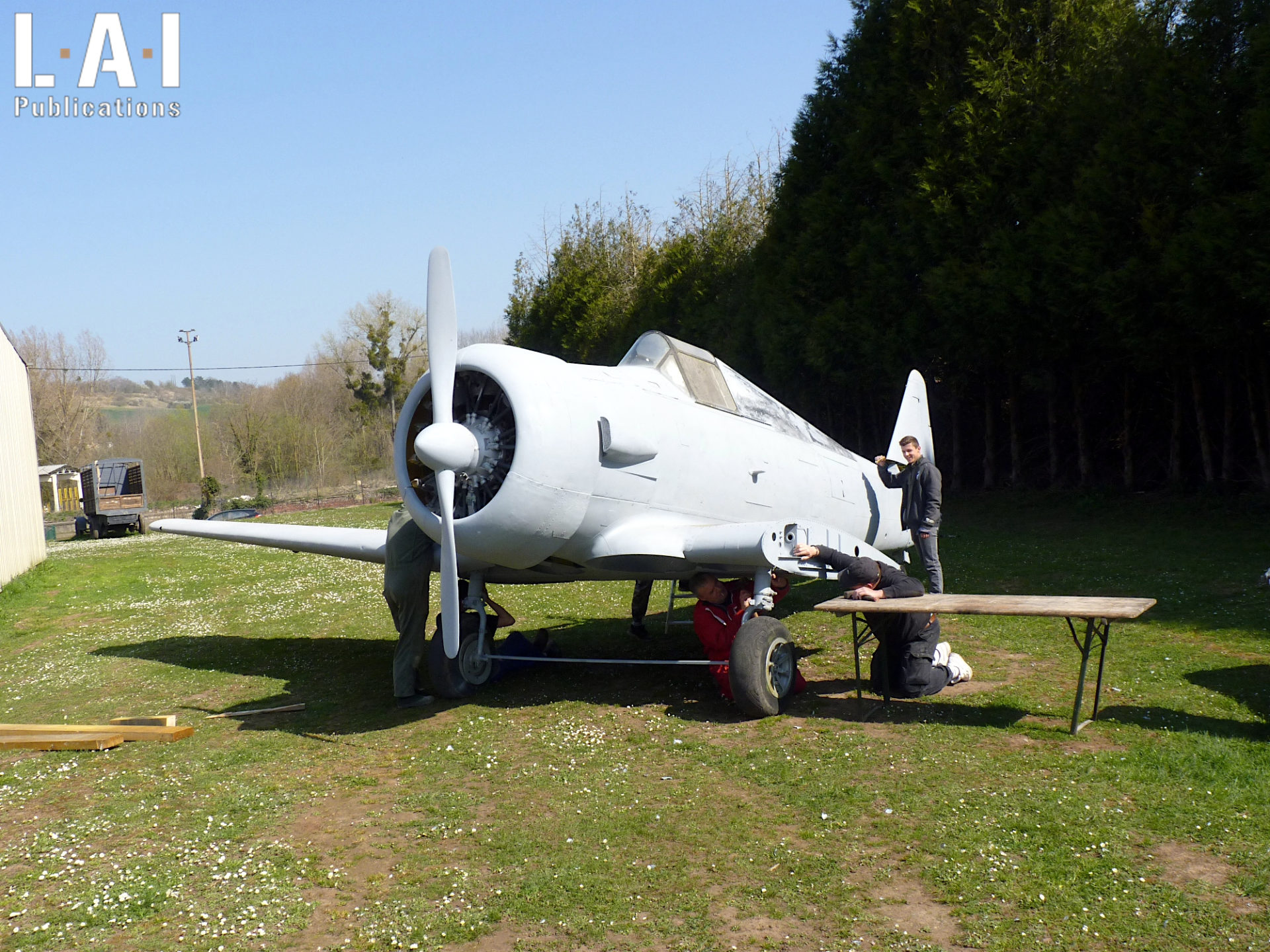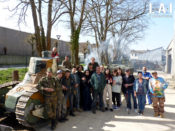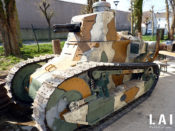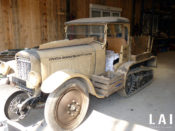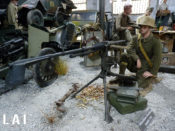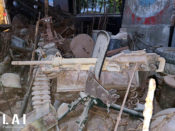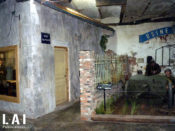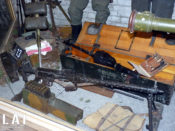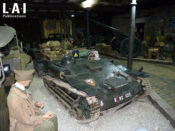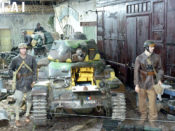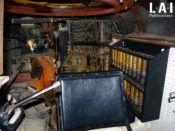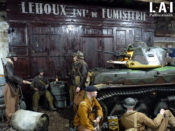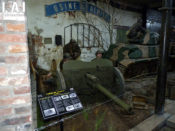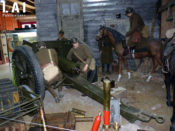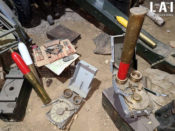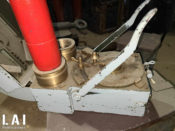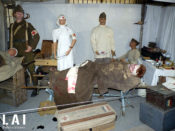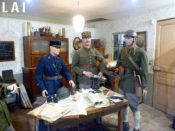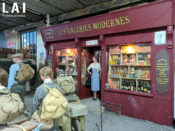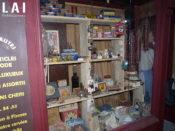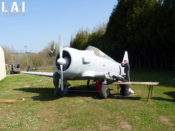“France 40 Vehicules” Museum : an enthusiasts’ endeavor

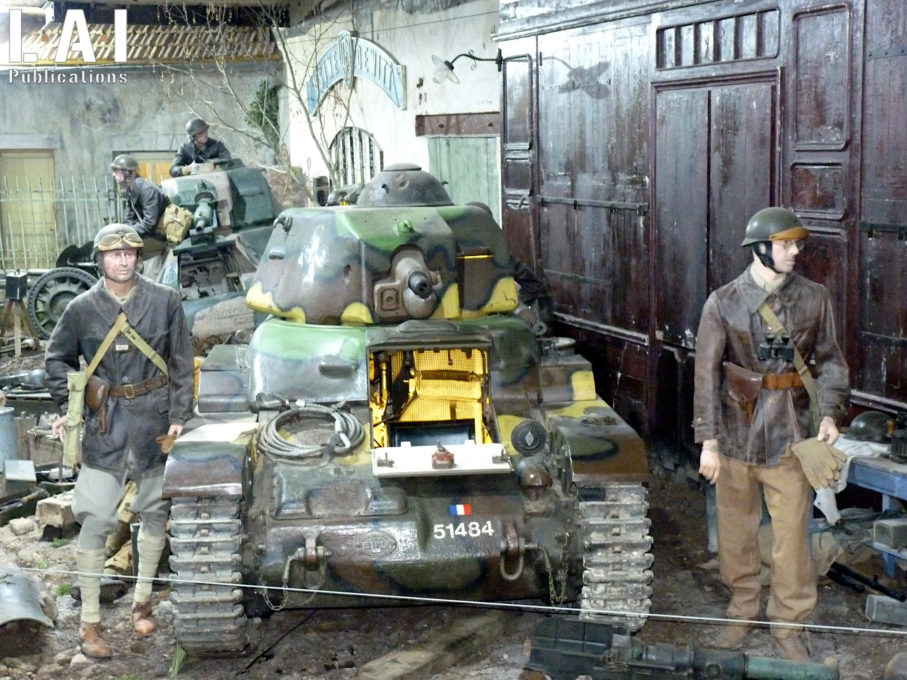
If France has many military museums throughout its territory, rich as it is of a long history in this domain, each opening of a new establishment is to be highlighted. Context is always delicate concerning our field, regarding armaments, vehicles… It is at the junction of the Marne and the Aisne, in the city of Fismes that the Museum “France 40 Vehicules” is located since June 25th, 2021.
A private initiative
This museum and its exhibitions are entirely due to a private initiative, no subsidies having been requested. And it must be recognized that during our visit, we were particularly impressed by the quality of the whole, by the interest of the collections presented and in particular the coverage of this pre-war period on the French side, at the beginning of the 39-40 disaster. Richly equipped, the place offers in a historical setting, a number of vehicles, machines and equipment particularly interesting and rare, moreover in a private museum! This project has been carried out since 2013: in addition to the collections, it required the acquisition of the current building. Its opening was followed by a great success : the goal of 5000 visitors was reached and exceeded in only 8 months. It has thus been able to perfectly integrate with other museums and memorial sites in the region.
Heading the project, Laurent Vermot-Desroches, a collector passionate about 1940’s French equipment. Laurent has been interested since his youth in the historical remains and relics of this period. As for many enthusiasts, the adventure began with the story of the elders, the culture of memory and the discovery of the first bayonets, helmets, etc … Still his passion grew as well as he grew up, went crescendo and would also be communicated to his son Robin. The latter is also very active in the project and ensures the presence and operational management of the museum.
This museum is the culmination of 42 years of a personal and collective collection, in short, a life-long project with many years of preparation. An investment of time and elbow grease with an educational vocation, a desire not to keep these historical testimonies out of reach of the mainstream public. The realization of a museum is not a trivial act, given the importance of the equipment and accessories, the question was asked rationally and it is the passion that initiated the project, investing in the building, rehabilitation and technical achievements.
The association “France 40 – Véhicules” was created as part of this project, it is part of the continuity of the association “France 40” more focused on historical re-enactment. This new association integrates a technical and material dimension oriented toward the restoration of vehicles, it has also allowed the hiring of 3 employees with serious technical skills. About thirty active members contribute to the life of the association.
In addition to the organization and management of the museum and reconstructions, the association also participates in cinema shootings by providing rolling stock. It is also able to restore or even rebuild vehicles. This is particularly the case with the restoration of a French Renault FT 17 tank (Pic.02), emblematic of WWI, which is exhibited at the Glade of the Armistice in Rethondes, or the identical reconstruction of a Schneider tank of the Berry-Au-Bac National Tank Monument.
A historic site to house the collections
The site of the Sucrerie which hosts the museum is an emblematic building of the city of Fismes. Built in 1872, it is an integral part of the city’s industrial heritage. The buildings have witnessed the vicissitudes of history, occupied by the French, Germans and Americans on both World Wars. Partially destroyed and rebuilt, it is the museum that has allowed its conservation and rehabilitation. Its demolition had been envisaged: it was without counting on the association having acquired the premises in 2015 and which worked for its repair and especially its upgrading to standards. Note that Fismes was a particularly active sector during the last World Wars, it was among other things the starting point of French troops to the Chemin des Dames in 1917.
The museum currently offers a space of 1000 m² arranged in 2 main rooms. The general atmosphere of the site is perfectly suited to the theme of the museum, the premises of the sugar factory are typical of the industrial era of the late nineteenth century : brick, steel and forged pillars. The result is striking, visitors are immediately immersed in an environment evoking the past.
Nearly 110 richly equipped mannequins surround vehicles ranging from bicycles to tanks, all highlighted in perfectly believable scenography and diorama. Real reconstructed historical scenes that plunge the visitor into the heart of the action. The parts and vehicles in “new” condition rub shoulders with salvaged pieces from battles near the place of presentation, all striking testimonies of the history of local fighting. Heavily detail-oriented, as these have their importance, the models receive a differentiated and explicit makeup reinforcing their expressions. The common thread of the museum is to present visitors with a faithful and documented representation of the French army in May – June 1940. This period is not always put forward for “historical” reasons but also by concerns of dogmatism. The action of this museum is of great importance to understand a context. The French army was not as outdated as some observers have claimed. Some of its equipment even served as a basis for the occupant’s vehicles. It is also a reminder of the sacrifice of the soldiers who, far from the representation of defeat, fought without restraint to slow down the German advance. The number of deaths per day speaks for itself : as much if not more than in the first months of WWI. Civilians are also represented in the museum, the exodus, but also memories of captivity and everyday life.
Some examples illustrating the work of reconstruction or restoration and enhancement:
The R35 tank
A French R35 tank is perfectly highlighted in one of the scenes, rare in museums this model is even more so in a private collection (Pics. 09 to 11). The R35 is the worthy successor of the iconic FT17 of WWI, light, it sports two seats and is equipped with a 37 mm gun and a Reibel machine gun. Its doctrine of employment was to accompany the infantry, following the precepts of a past war. The presented model, functional, has been completely restored, illustrating if necessary the skills of the team. This tank had, after the war, been modified into a crane and stripped of most of its elements. It was completely dismantled and restored to the original model. Note that the armored upper part has been reproduced identically in a foundry, a beautiful one-ton part ! The thousands of hours of work make it a unique piece, its front shutter is open and thus allows the public to visualize the interior of the tank, its racks with 37 mm shells and Reibel drums.
The 47 mm anti-tank gun
A magnificent 47 mm SA37 gun from 1937 is presented with its 3 servants (Pics. 12 and 13). This piece with a range of 2000 m has its origins in the naval gun of 1885-1902. Modernized in 1934, it would equip the protections of the Maginot Line. In 1940, used by the infantry, it would be one of the best anti-tank guns of its generation able to pierce most shieldings. Like many other equipment, the German army would reuse this weapon.
The infirmary
A tribute is also paid to Health services of the armed forces in the form of a realistic diorama (Pic.16). Often on the front line, these staff, doctors and nurses have sometimes sacrificed themselves in the exercise of their missions. The 1940 campaign was violent and deadly, both in terms of the forces involved and the speed of operations. In the common spirit, the Battle of Verdun in 1916 remains “The” reference, with 2000 people put out of action per day. The 1940 campaign counted up to 9200 combatants unable to fight…
The reconstituted command post
A command post was precisely reconstituted, as often at that time, organized within a civilian house (Pic.17). This is General Boisseau’s 44th Infantry Division command post. An essential part of the organization of operations, the command post has often been pointed as a scapegoat for general defeat. While errors and flaws are real and documented, they should not be decontextualized. Faced with the violence of the shock and the speed of the German advance, command posts could be moved up to three times in a day…
The grocery store
A magnificent reconstruction of a provincial grocery store, with an astonishing realism all the while depicting people fleeing the warzone (Pics.18 and 19). The public can “enter” the setting via an access and admire the shelves fully stocked of period products. Some of these products have disappeared nowadays, but others are still very current!
In conclusion
There is no shortage of projects and teams are already mobilized, including the layout of a 150 m² space dedicated to welcoming groups in a reconstructed environment and setting. An area of 300 m² will be dedicated to the lives of civilians under occupation and liberation. The 600 m² floor will host a room dedicated to WWI, with a focus on the urban battles of Fismes in 1918.
The “France 40 Vehicules” museum deserves a visit, is perfectly arranged and presents rare materials, it is part of a “local” vocation, about fifteen kilometers around Fismes, which gives even more added value to the exhibition, far from the sanitized contents some museums can display.
Julien Lucot
This is free access work: the only way to support us is to share this content and subscribe. In addition to a full access to our production, subscription is a wonderful way to support our approach, from enthusiasts to enthusiasts!
Location :
Museum France 40 Vehicles
7, rue de la Sucrerie
51170 Fismes (Marne)
Open Tuesday to Saturday from 10am to 12pm, 2pm to 6pm.
Guided tours at 10.30am, 2.30pm and 4.30pm.
Website


